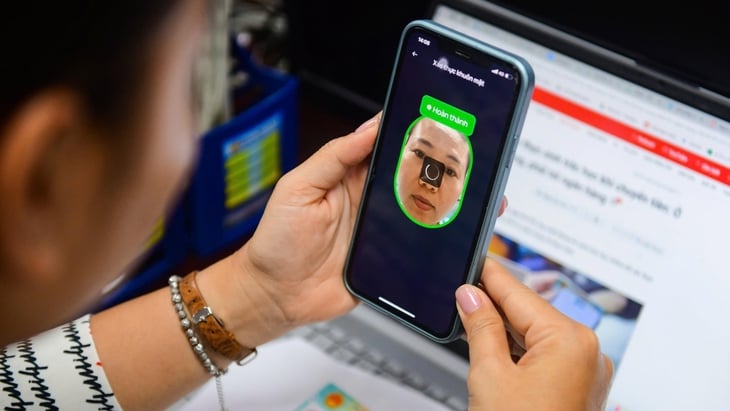
Facial authentication is being used very popularly in Vietnam - Photo: QUANG DINH
Faces, voices and even live video calls... are faked so convincingly that they can bypass traditional security measures.
Mr. MILKO RADOTIC (Vice President in charge of Asia - Pacific region of iProov)
Generative artificial intelligence (AI) and deepfakes are giving rise not only to misinformation but also to fraud. These tools allow criminals to create thousands of convincing fake identities at scale, allowing them to commit the same scam multiple times.
That is the opinion of Mr. Milko Radotic, Vice President in charge of Asia - Pacific region of iProov - one of the world's leading biometric authentication technology providers, in an interview with Tuoi Tre.
* With the development of AI and its applications, in your opinion, what are the most frightening threats that Vietnamese users will face in cyberspace in the near future?
- One of the most serious risks facing Vietnam in the near future is synthetic identity fraud. Unlike traditional identity theft, where criminals take information from a real person, fraudsters now use pieces of data, such as name, address or ID number, to build a completely new, non-existent identity.
These fake identities can then be used to open accounts, apply for credit, or transfer money across borders. What makes this threat so alarming is that it is incredibly difficult to detect. Because the identity is “part real” and “part fake,” it can bypass many of the checks banks and platforms use.
Then there is the rise of advanced deepfake technologies, which are so convincingly faked faces, voices, and even live video calls that they can bypass traditional security measures.

Mr. Milko Radotic, Vice President of Asia Pacific region of iProov
* Can users distinguish whether a content (photo, video, article...) is generated by AI?
- The reality is that most people can't. Our research at iProov found that 99.9% of participants failed to recognize deepfakes.
Even advanced detection tools struggle. When tested in real-world environments, automated deepfake detection tools are nearly half as accurate as they are in lab conditions.
For example, a tool might spot an AI-generated image but miss a face-swapped video entirely. Similarly, systems trained on high-profile public figures might work well with politicians or celebrities, but struggle with ordinary people without much of a digital footprint.
It's really an arms race because as soon as detection improves, scammers immediately adapt.
* How can we improve our ability to identify and defend against threats from artificial AI and deepfakes, sir?
- For Vietnamese users, the best defense is to have a healthy skepticism. If you feel something is not right, even when you are on a video call with your boss, bank or family, pause and verify through another trusted channel. Don't rely solely on what you see or hear on the screen.
The onus should not be on the user, but on the organization level to put in place stronger protections. For example, banks and platforms are turning to biometric authentication with liveness detection to verify that a person is real, the right person, and physically present at that moment.
These are safeguards that help prevent deepfake scams from succeeding on a large scale.
* The application of biometric authentication, which has been widely applied in Vietnam, is also an effective defense solution, sir?
- It can be said that Vietnam is quite advanced in applying biometric authentication, with more than 120 million personal records and more than 1.2 million corporate customer accounts verified. Banks are also recording a significant reduction in fraud. This growth rate is really impressive. However, challenges remain.
As AI-driven fraud becomes more sophisticated, technology must continually evolve to stay ahead. Biometrics, especially facial verification, has a unique strength: it combines strong security with a seamless user experience. This balance is critical to building user trust and driving adoption.
* In your opinion, what strategies are needed to raise public awareness and expand the application of biometric authentication among users?
- In Vietnam, the level of trust and acceptance of biometric authentication is growing rapidly. Most people already unlock their phones with their face or fingerprint, so it is only natural that this habit would extend to the banking sector.
Add to that the rapid growth of digital banking and strong push from the Government, and we see user comfort levels growing faster than many neighboring markets.
The challenge now, however, is scale. Biometric authentication must be usable not only by tech-savvy people, but also by older generations, those with lower digital literacy, and basic smartphone users.
There are three key strategies to building broader trust. First, biometric systems need to work across devices and across users, with inclusive designs for people of all ages and abilities. Authentication should be simple, fast, and intuitive, with no friction.
Banks and regulators need to show users real benefits, from faster logins to proven fraud reduction, using real-life examples.
The goal is to make biometrics not just an added security feature, but the most natural and trusted way to interact online. Once that happens, adoption will expand naturally.
The consequences are very serious.
According to the Global Association of Forensic Accountants, deepfake incidents globally are set to increase tenfold between 2023 and 2025, representing a more than 900% increase in two years. The consequences are serious. Deloitte estimates that AI-driven fraud will cost banks and their customers as much as $40 billion by 2027.
In Vietnam, the threat of generative AI and deepfake technology is growing and becoming more apparent. In 2024, the Department of Information Security (formerly the Ministry of Information and Communications) recorded more than 220,000 reports of online scams and fraud, most of which were related to the financial and banking sectors. In fact, with more and more consumers prioritizing digital transactions, Vietnam has become an attractive target.
A single scam can have devastating consequences, wiping out a family’s savings or undermining confidence in the digital banking infrastructure. That’s why trust is vital to financial inclusion.
Must use advanced biometric authentication technology
Stolen identities, drained accounts, unauthorized access to sensitive data and large-scale fraud can erode public trust in the digital financial system, which is the foundation of financial inclusion and digital growth, according to Milko Radotic.
This is why banks and platforms in Vietnam need to be one step ahead. Basic passwords or OTP codes are simply not enough anymore. There is a need to move to advanced biometric authentication technology with real-time liveness detection to verify whether a person is real, the right person and present at that moment.
“This measure, combined with continuous security upgrades, helps to stay one step ahead of rapidly evolving threats,” said Milko Radotic.
Back to topic
VIRTUE
Source: https://tuoitre.vn/deepfake-lan-tran-xac-thuc-sinh-trac-hoc-co-du-chong-lua-dao-bang-ai-20251016231113396.htm



![[Photo] Closing ceremony of the 18th Congress of Hanoi Party Committee](https://vphoto.vietnam.vn/thumb/1200x675/vietnam/resource/IMAGE/2025/10/17/1760704850107_ndo_br_1-jpg.webp)




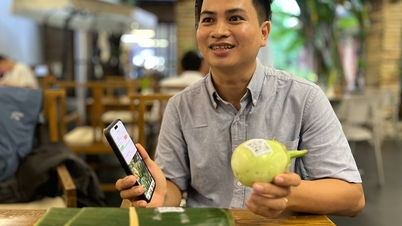
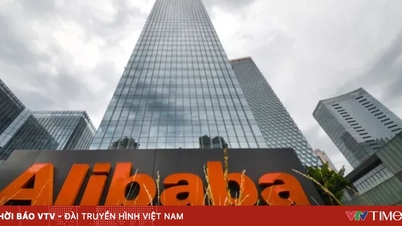



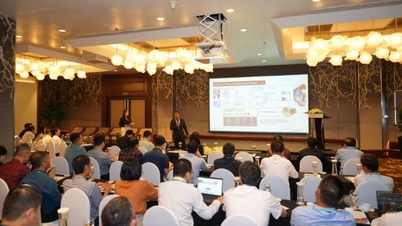

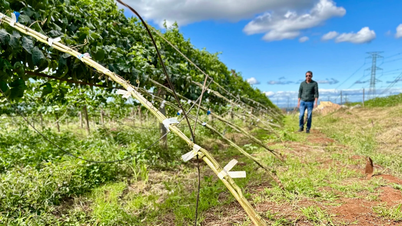

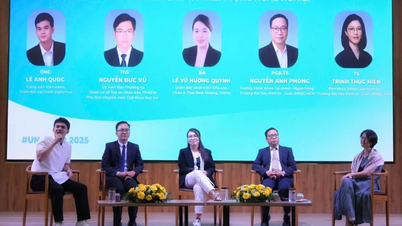


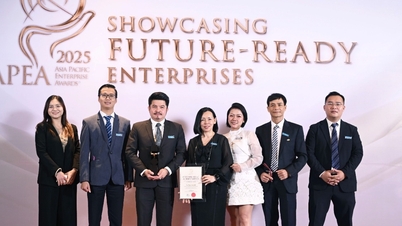










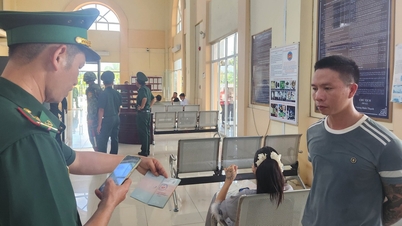


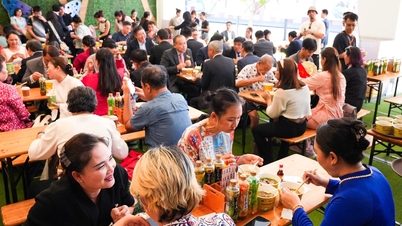

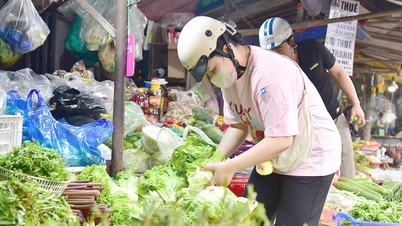
![[Photo] Nhan Dan Newspaper launches “Fatherland in the Heart: The Concert Film”](https://vphoto.vietnam.vn/thumb/1200x675/vietnam/resource/IMAGE/2025/10/16/1760622132545_thiet-ke-chua-co-ten-36-png.webp)































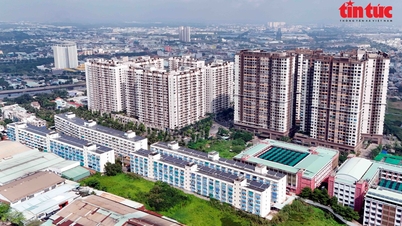
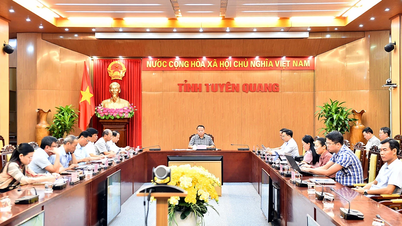

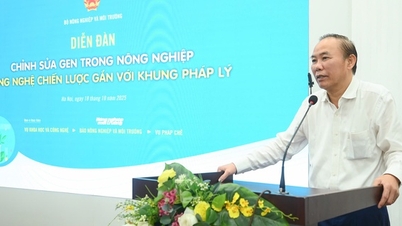




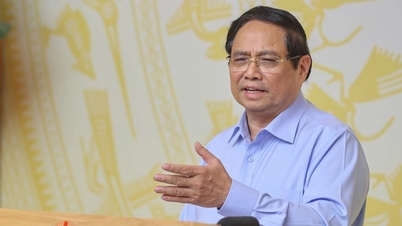









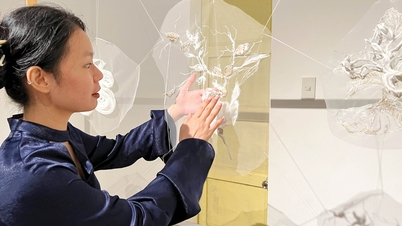
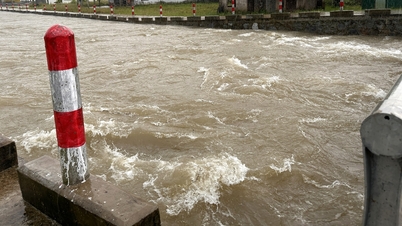
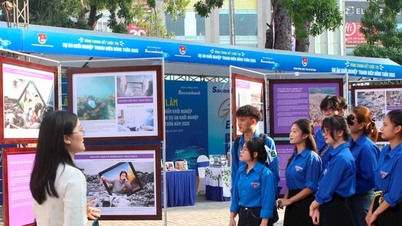

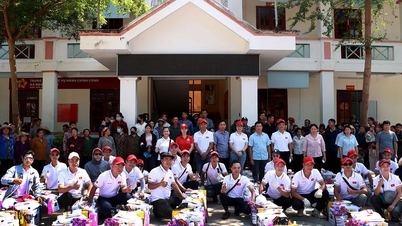
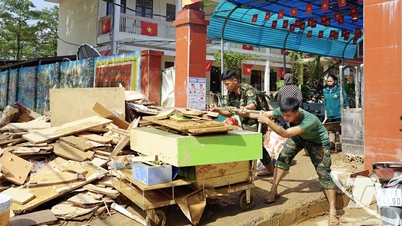












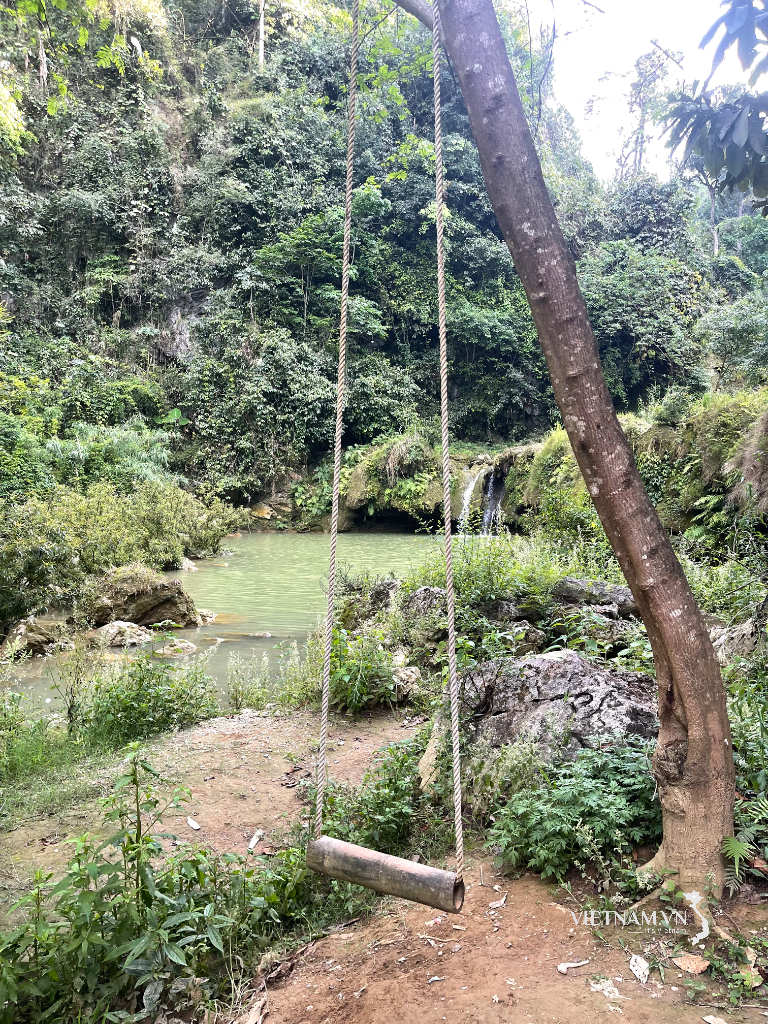
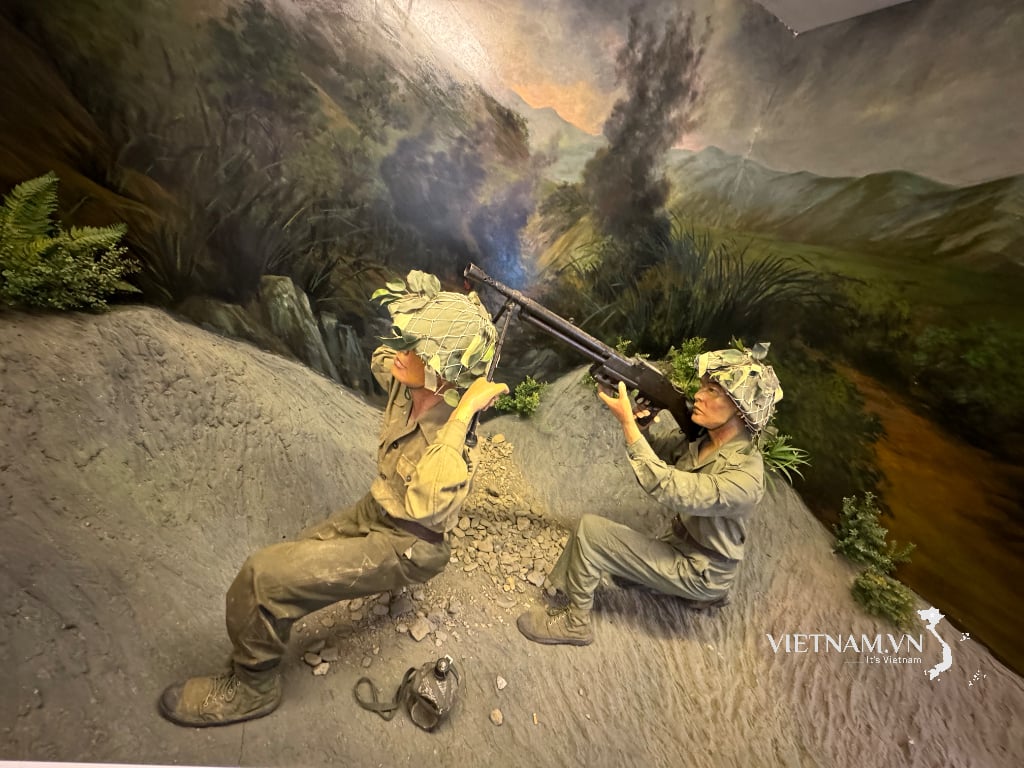

Comment (0)